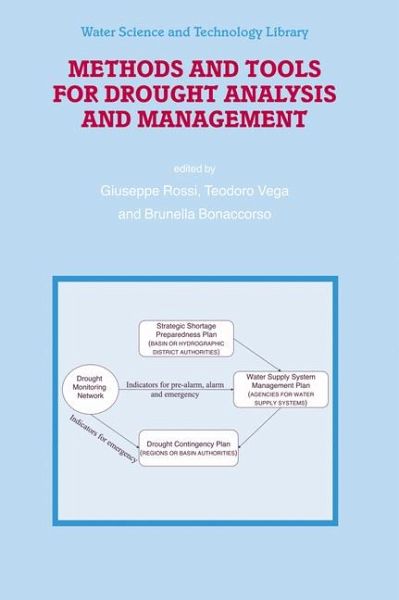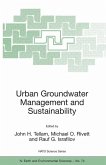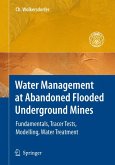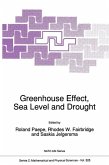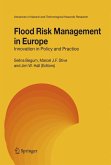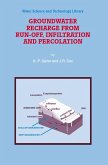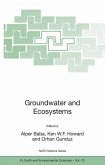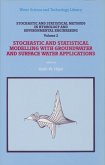These key issues have been tackled by universities and public agencies involved in the EU projects Sedemed and Sedemed II (Programme Interreg IIIB MEDOCC), aimed at the definition of an integrated network for real time monitoring of drought, the development of common methodologies for drought analysis and forecasting, as well as the definition of proper mitigation strategies for the Mediterranean countries.
The book presents the main outcomes of such projects with a special focus on: drought monitoring and forecasting techniques at different spatial scales; new or modified agrometeorological indices and remote sensing technique for drought identification and characterization; tools to improve surface water resources management under drought conditions; methods and tools for groundwater resources monitoring and management, based on hydrogeological and hydrodynamics characteristics of aquifers; general criteria to select and implement mitigation strategies to prevent or minimize drought impacts.
Dieser Download kann aus rechtlichen Gründen nur mit Rechnungsadresse in A, B, BG, CY, CZ, D, DK, EW, E, FIN, F, GR, HR, H, IRL, I, LT, L, LR, M, NL, PL, P, R, S, SLO, SK ausgeliefert werden.
Hinweis: Dieser Artikel kann nur an eine deutsche Lieferadresse ausgeliefert werden.
"Methods and Tools for Drought Analysis and Management presents the results of research carried out by experts in the Mediterranean countries ... . the primary target audience for this book would be researchers and technicians working in heavily monitored and managed agricultural and urban systems. ... this is a good book for planners and technicians interested in applying new techniques to assess drought and potential management strategies. ... provides important insight into taking drought risk assessment and management to the next quantitative step." (Cody Knutson, Eos Newsletter, Vol. 89 (22), 2008)

